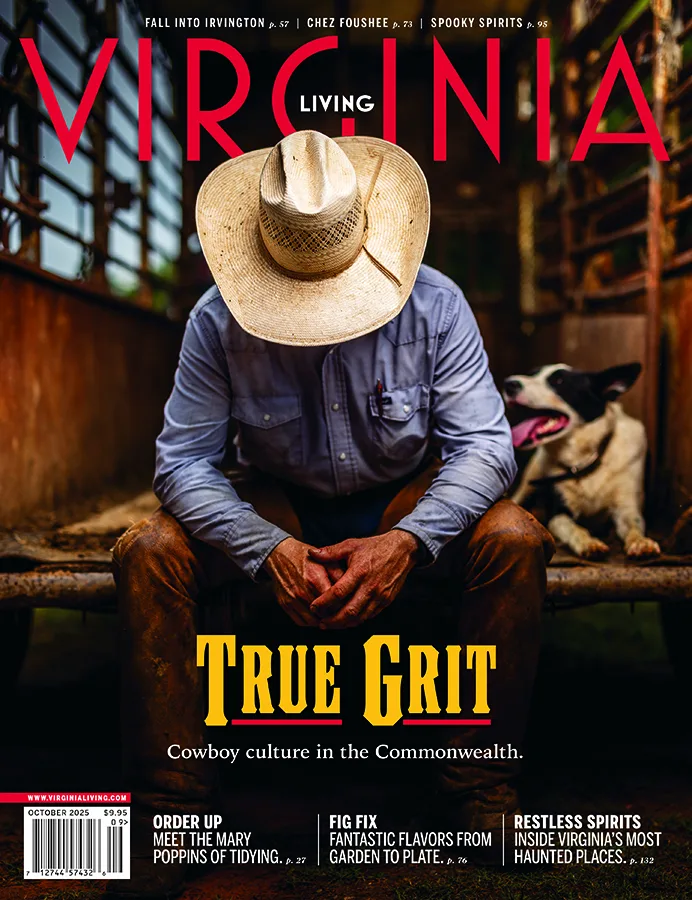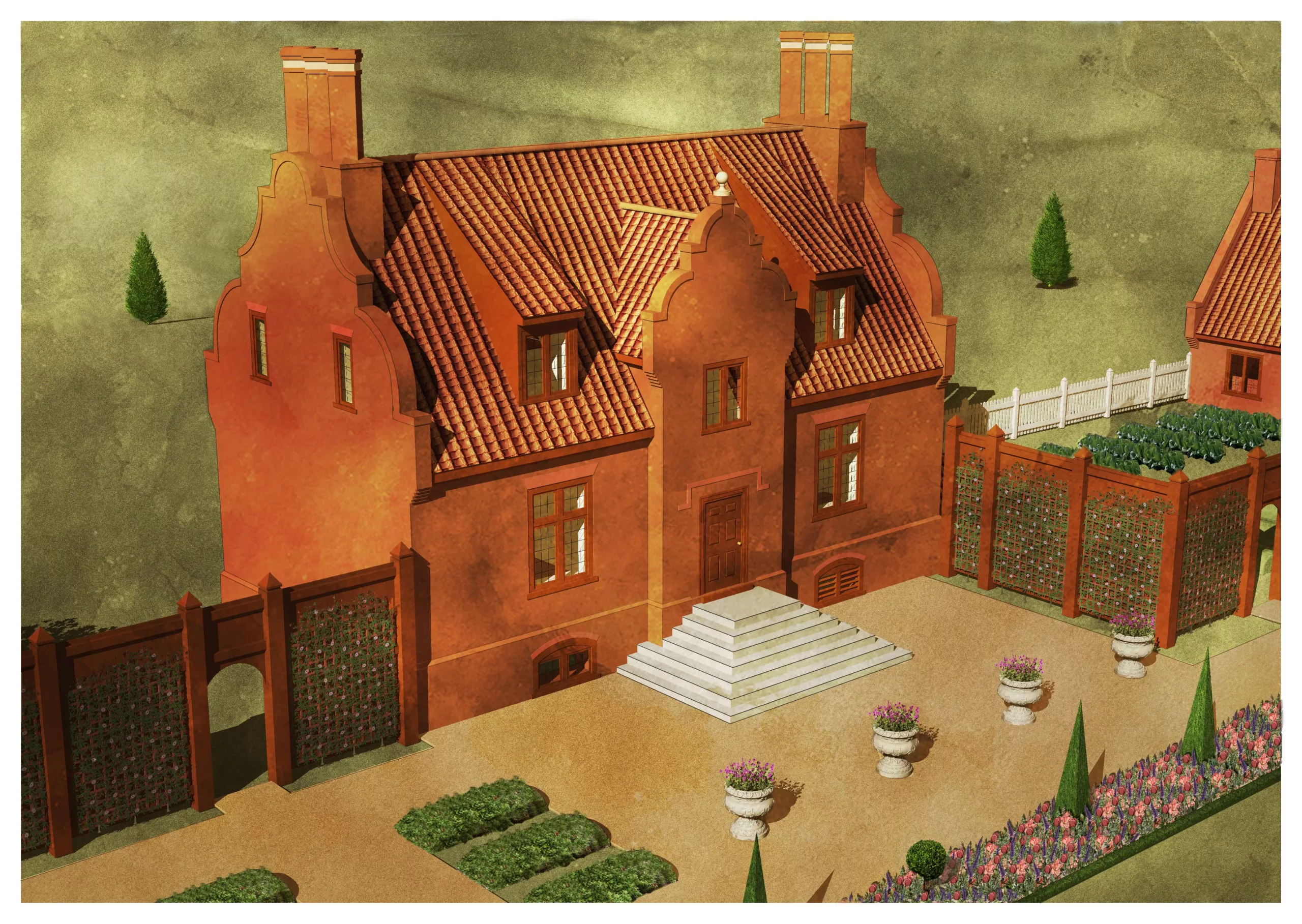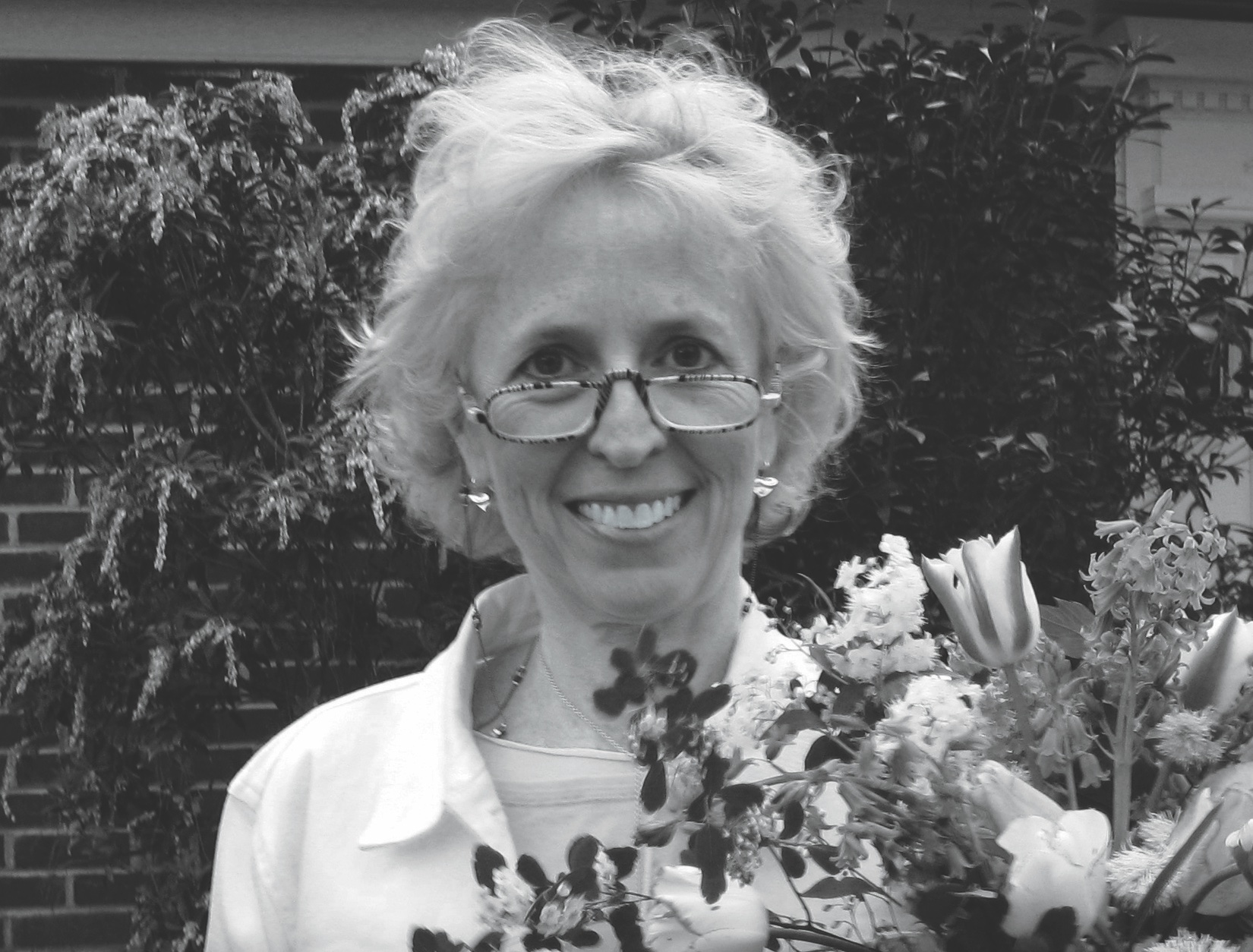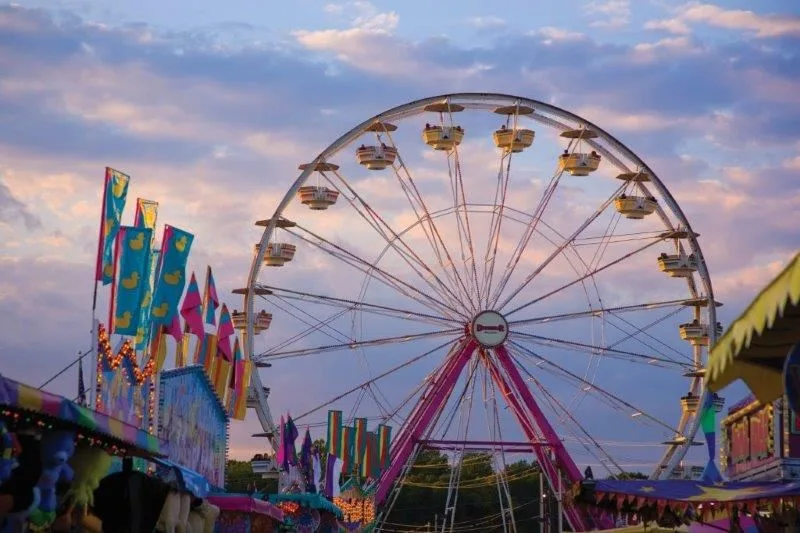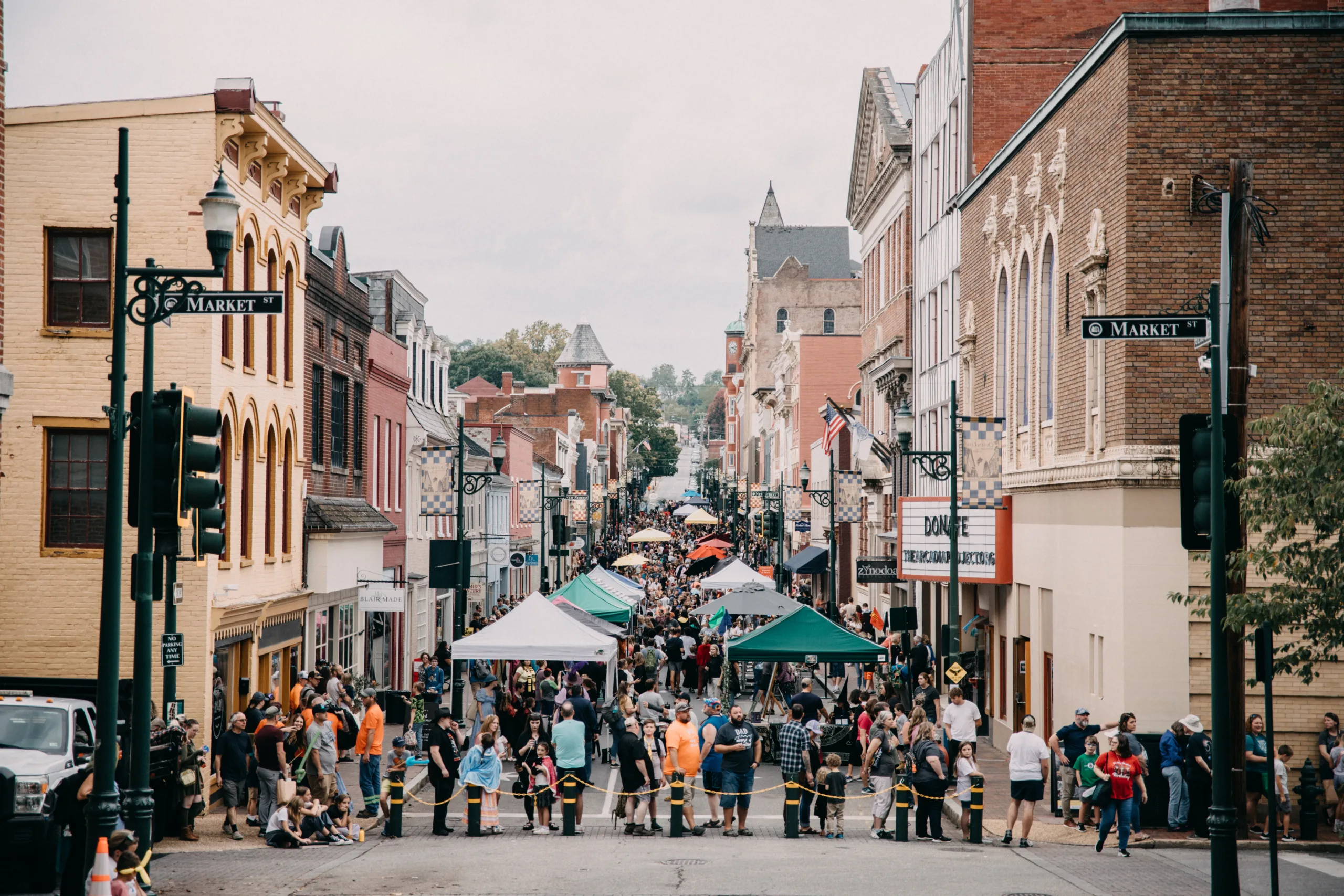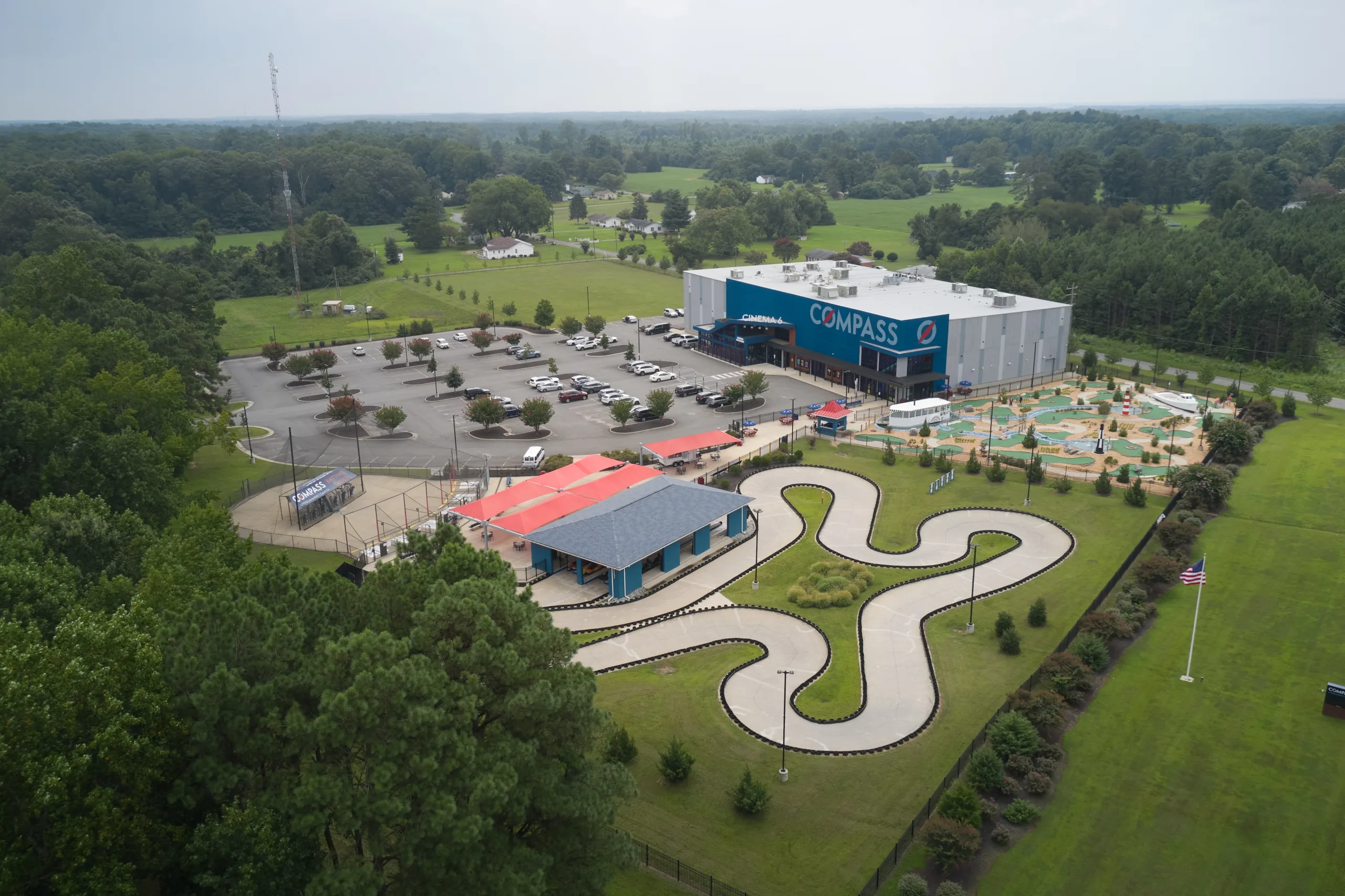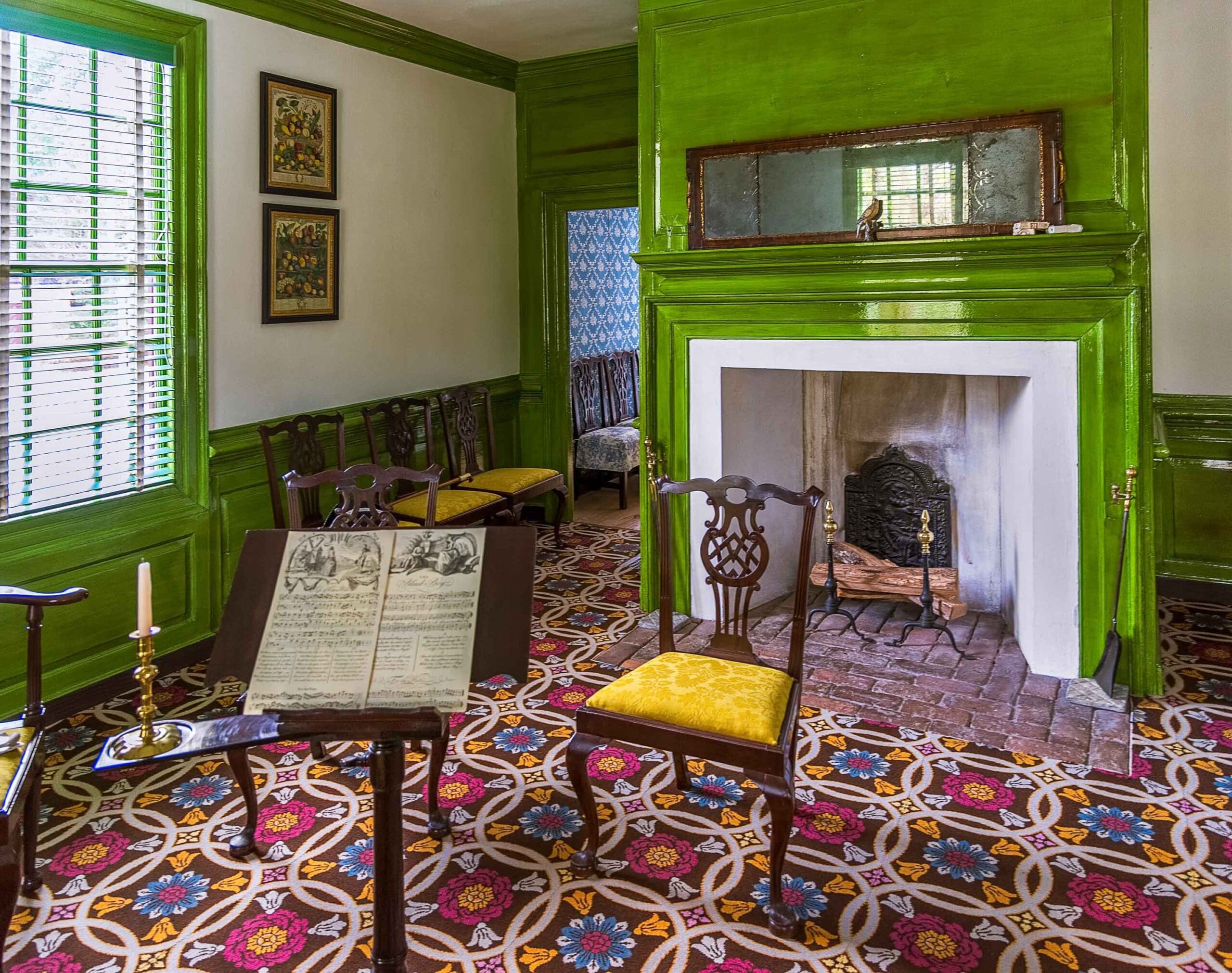In Colonial America, a grand garden was the ultimate status symbol—the 18th century equivalent of a Lamborghini. So when archaeologists at Colonial Williamsburg uncovered John Custis IV’s property, they struck horticultural gold: the remains of a football field-sized garden alongside his Jacobean manor house.
Custis, a tobacco magnate and Martha Washington’s first father-in-law, went all out. His garden, at South Nassau and Francis streets, boasted Greek god statues, sculpted topiaries, and a maze of pathways showcasing the era’s hottest plants. And it was top secret, surrounded by walls: access was by invitation only.
Custis reputedly planted the Colonists’ first tomatoes—then called “love apples”—and cultivated everything from pistachios to exotic crown imperial lilies from Asia, each rare plant a flex of his wealth and connections.
Though the garden vanished after his death in 1749, Custis’ legacy lives on through letters with British botanist Peter Collinson, documenting their transatlantic seed-swapping from 1734–1746.
Unlike some historic gardens, the “Custis Square” restoration will be done without the benefit of surviving maps or diagrams, relying instead on what Jack Gary, executive director of archaeology at Colonial Williamsburg, describes as the most detailed landscape archaeology effort in the museum’s history. The project, now in its second year, continues to unearth its secrets.
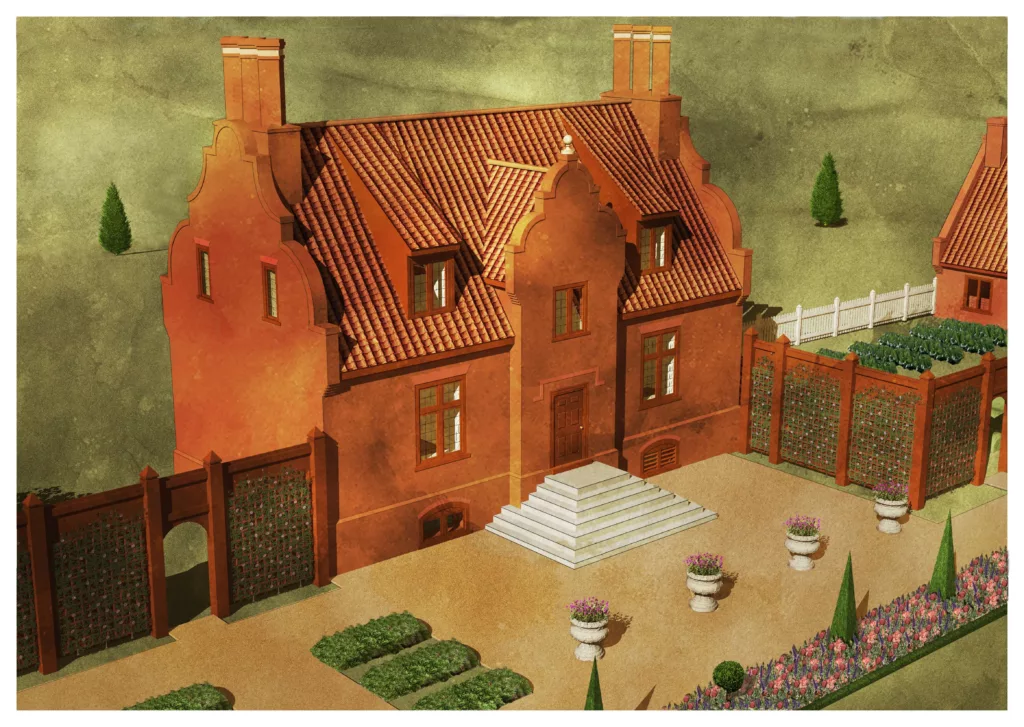
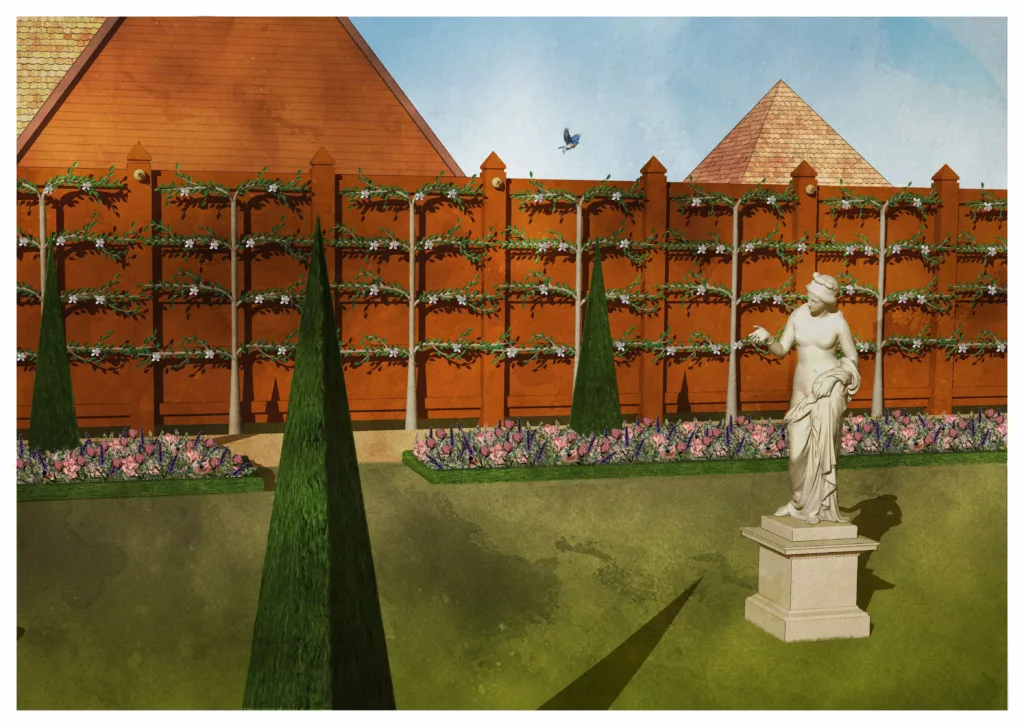
This article originally appeared in the April 2025 issue.
